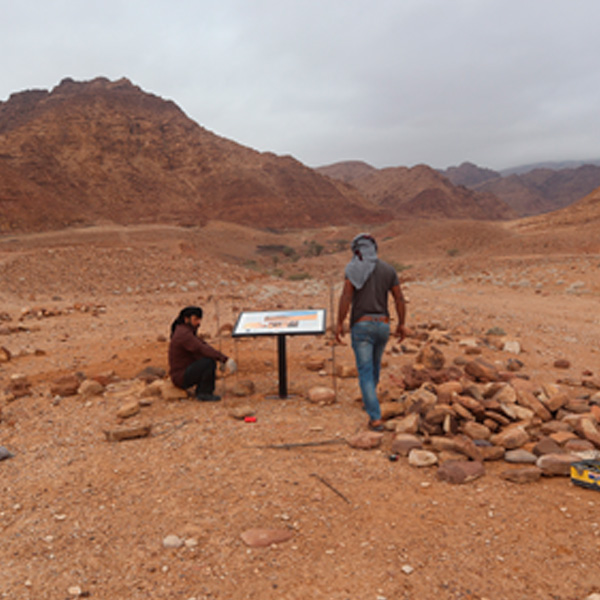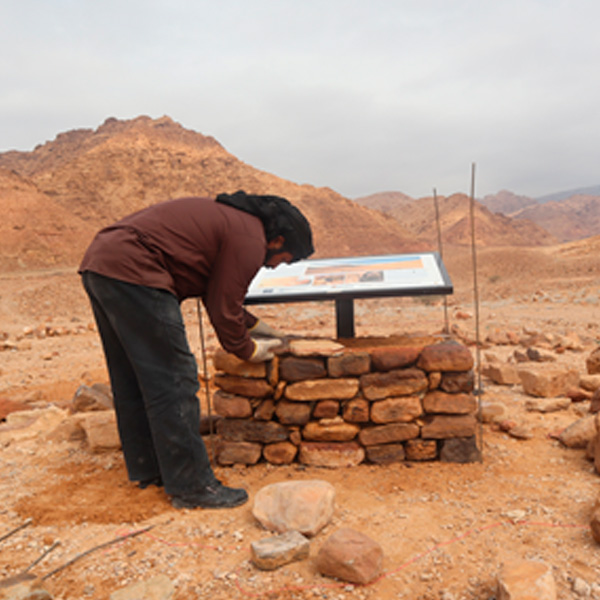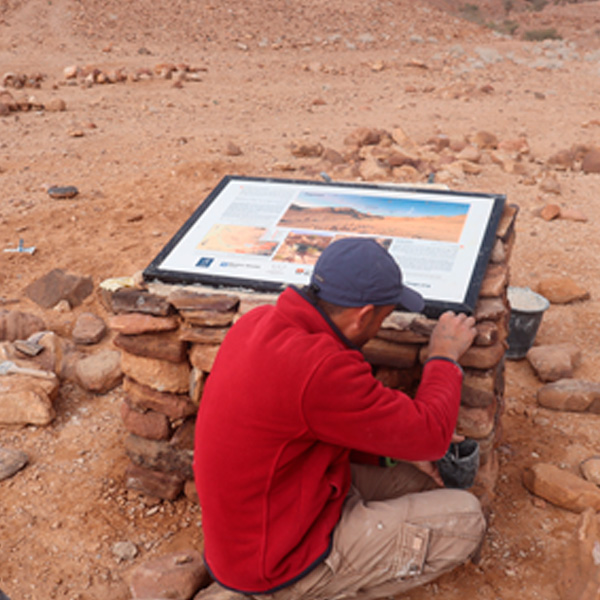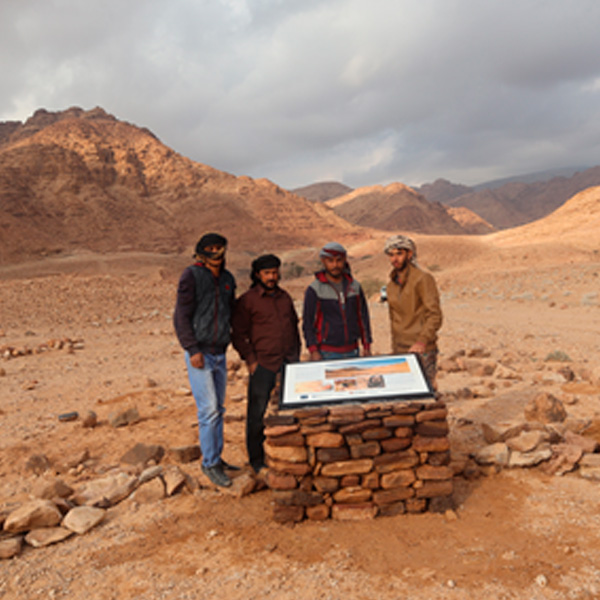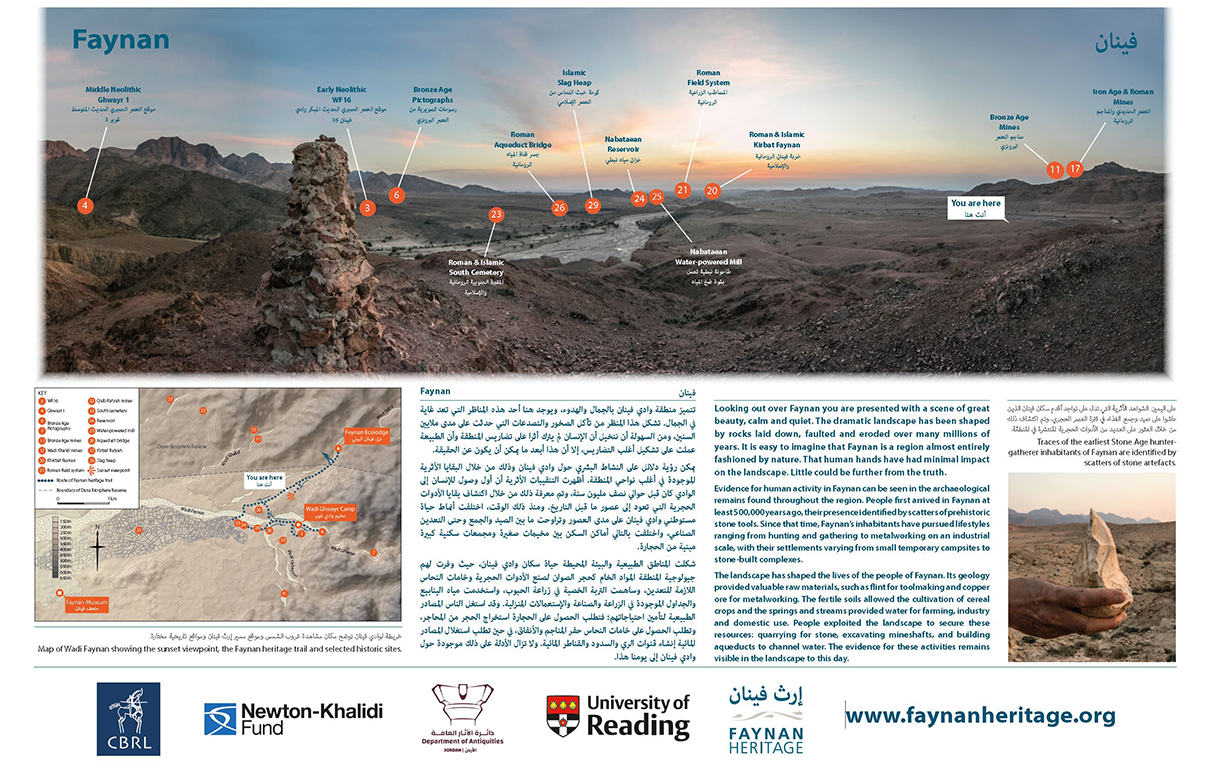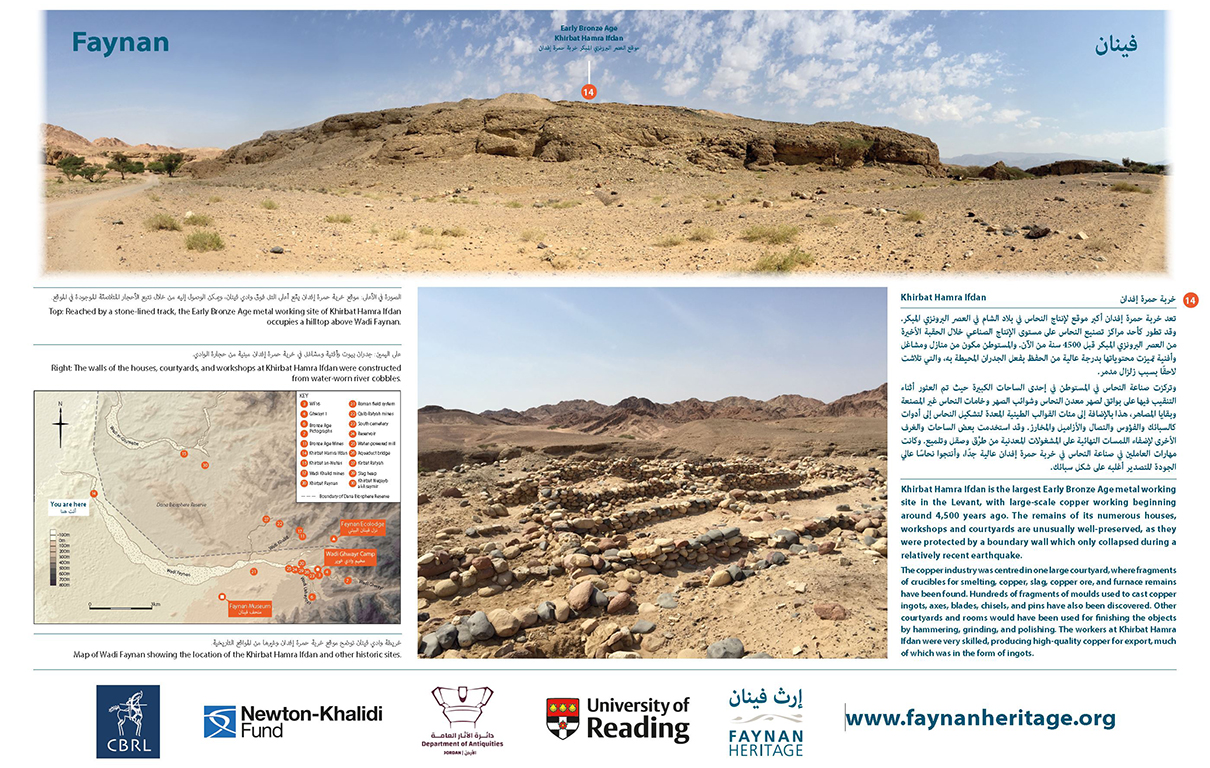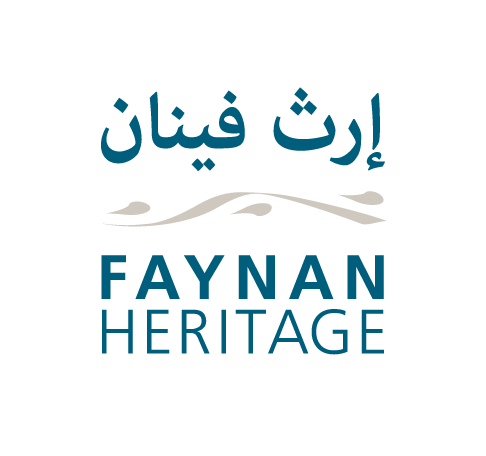Faynan Heritage Trail
Steven Mithen and Elaine Jamieson (University of Reading) devised the Faynan Heritage Trail. This is a walking route around some of the most impressive archaeological sites in Faynan centred at the confluence of Wadi Dana and Wadi Ghwayr, including the monumental Khirbet Faynan, the Roman administrative centre, Roman field systems and aqueduct, Bronze Age art and Neolithic sites of WF16 and Ghwayr 1.
The sites had no previous markers so that visitors had no information about what they represented, their date and their role in the history of Faynan. Seven information boards were designed and then installed on stone-built cairns, providing a three hour walk, that could be either self-led or by a guide from the nearby Eco-Lodge or Wadi Ghwayr trekking camp. Maps for the Trail were installed at the Eco-Lodge, Trekking Camp and at the Museum. The cairns were constructed by SELA, using local materials, and providing training to local Bedouin. To complement the walking trail, information boards were also placed at more distant sites within the Wadi Dana Biosphere Reserve to create the ‘Faynan Heritage Trek’. These mark some of the most impressive archaeological sites form the Iron Age, Roman and Ottoman period, including deep copper mines, that can only be accessed with a guide.
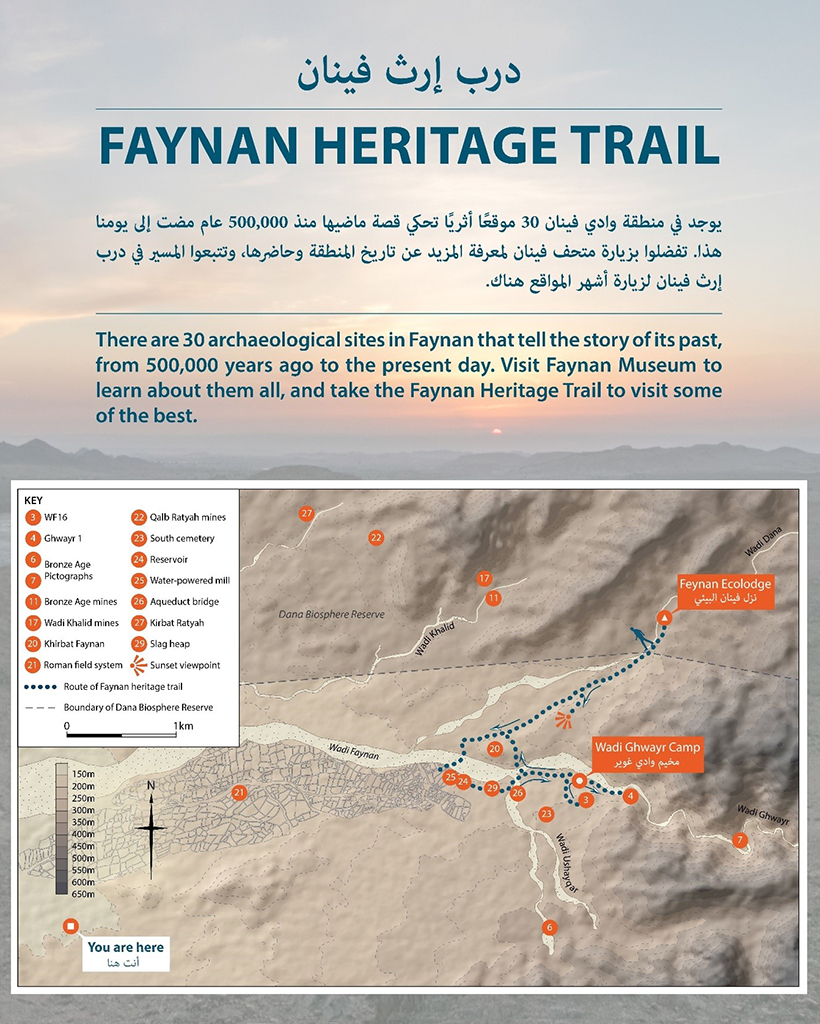
Faynan Heritage Trail
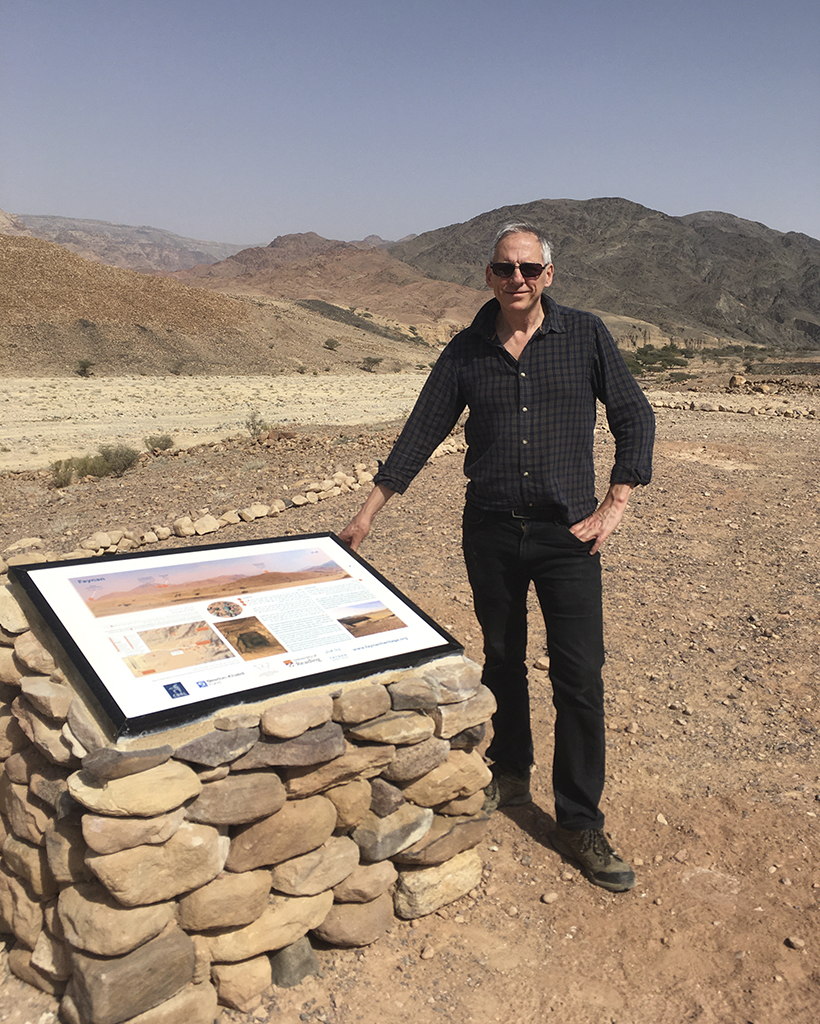
Steven Mithen with the first of the Faynan Heritage Trail boards
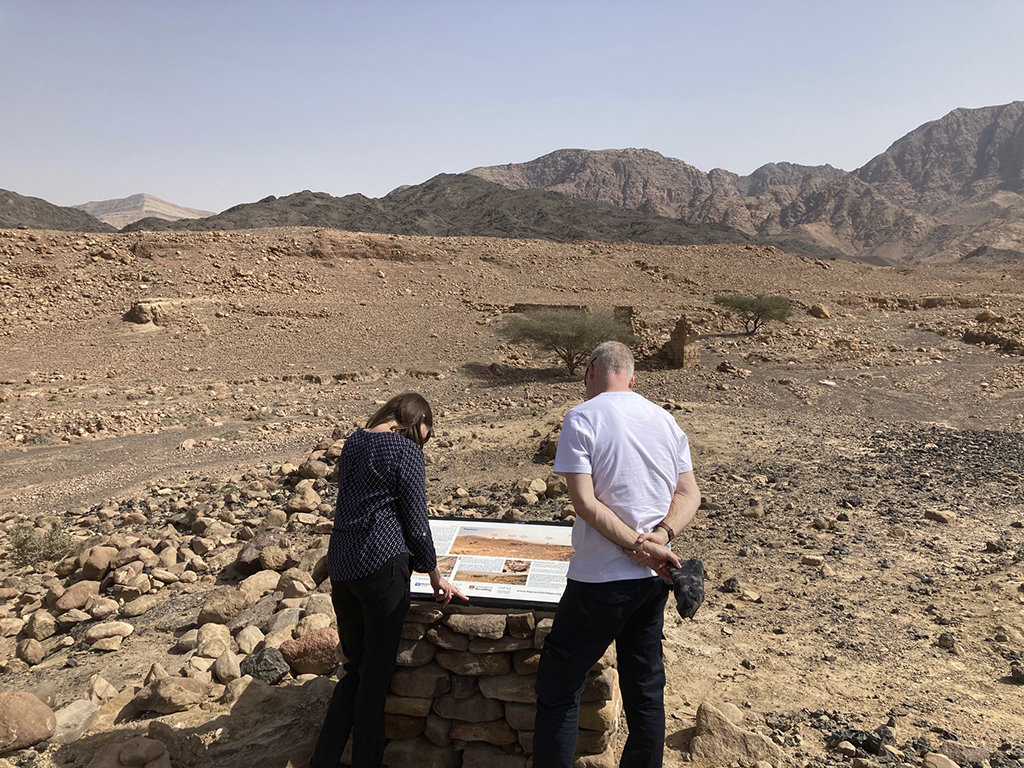
Tourists enjoying the Faynan Heritage board telling them about the ruins of the Roman aqueduct
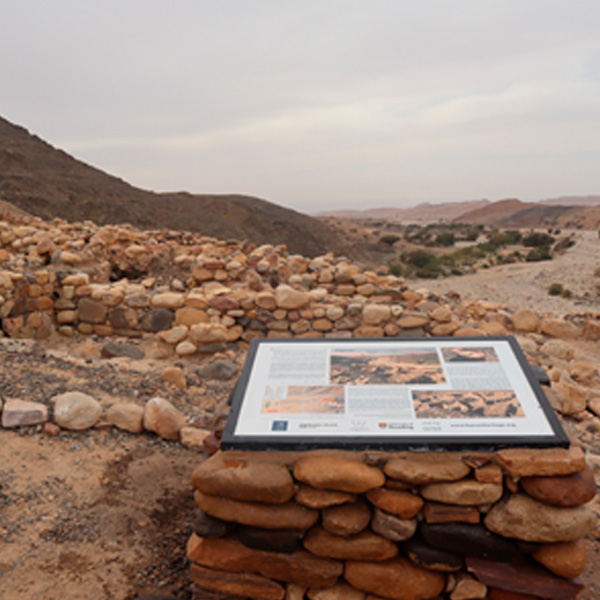
At the Neolithic site of Ghwayr 1

Overlooking Wadi Khalid with its copper mines
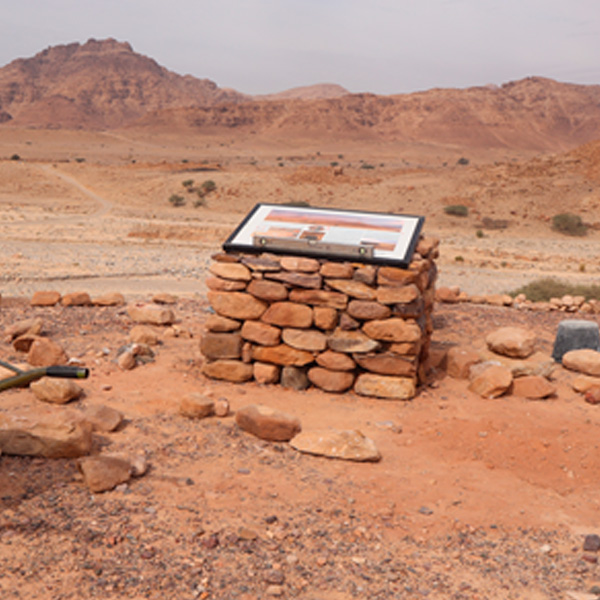
Viewing the Nabatean reservoir and Roman field system
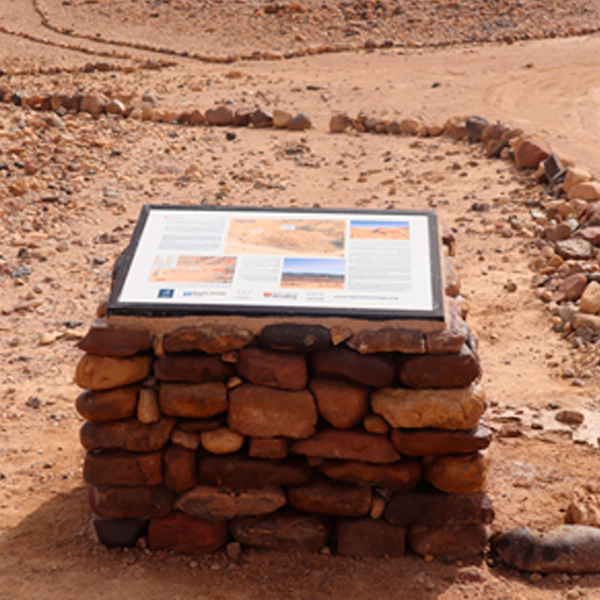
At the Kirbet Faynan, the administrative centre for the Roman occupation in Faynan
Constructing the information board at Wadi Khalid
